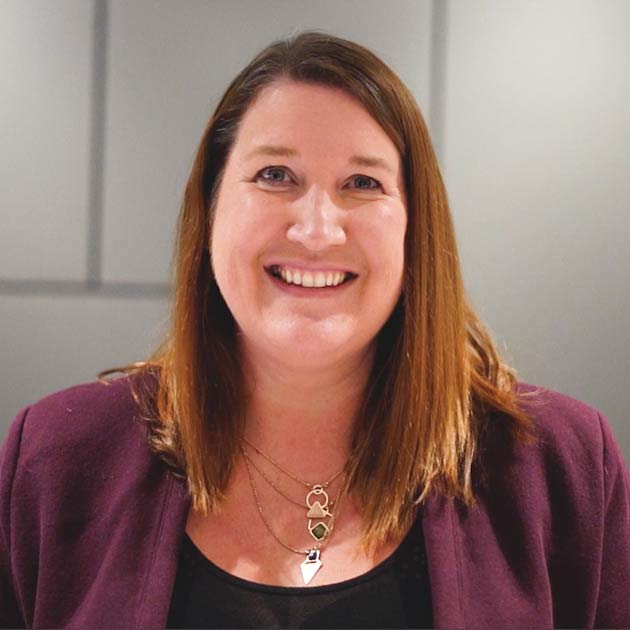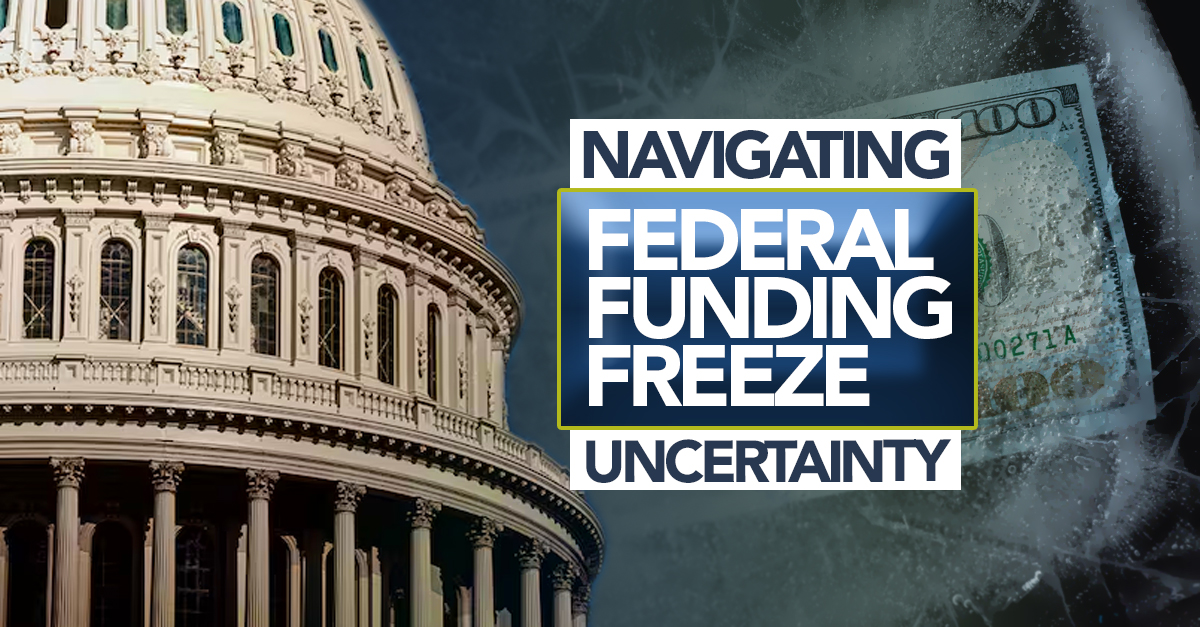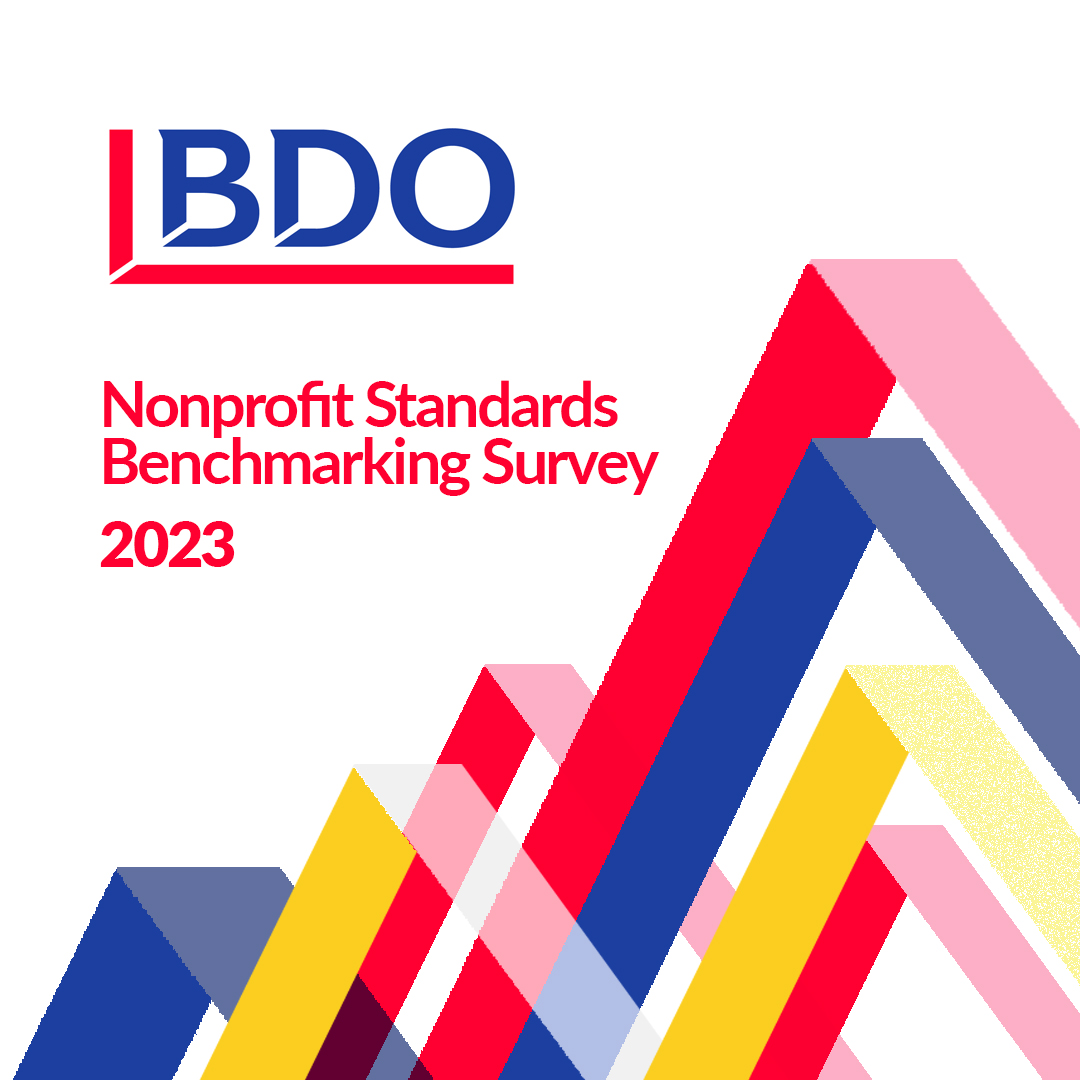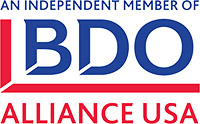Employee Benefit Plans
A well performed audit is vital for your Employee Benefit Plan needs. Let Sassetti help you navigate your compliance needs.
Benefit Plans Are Complicated
From participant eligibility and compensation determination to taking too long to transfer withholdings, there are many ways that plan providers can inadvertently run into problems that could result in penalties or other required contributions. Working with experienced auditors that understand the complexities and that can provide support throughout the year can save you headaches and errors during the audit. When errors are discovered, we can help guide providers through the correction process.
Comprehensive Retirement Plan Services
We work with a wide range of clients, including nonprofit organizations with 403(b) plans, medium sized businesses and other professional service entities with 401(k) plans as well as publicly-traded companies required to file an 11-K. Your plan will benefit from our extensive network of services groups, including administrators, attorneys and managers.
The Department of Labor (DOL) continues to put employee benefit plans (EBP) under scrutiny. Employee benefit plan audits are subject to the Employee Retirement Income Security Act (ERISA), and compliance with these regulatory requirements has created a greater need for plan sponsors to stay current with their fiduciary responsibilities.
Efficient and Quality Employee Benefit Plan Audits
Sassetti can help plan sponsors maintain compliance by performing high-quality audits while also providing access to resources tailored to keep plan sponsors informed of changes in the regulatory environment. As a member of the American Institute of Certified Public Accountants (AICPA) Employee Benefit Plan Audit Quality Center (EBAQC) and as a register firm with the Public Company Accounting Oversight Board, our professionals receive the dedicated training necessary to provide efficient audits and related services of plans of all sizes and types, including:
Q&A
When does my plan need an audit?
When the number of eligible participants in a plan goes over 120 as of the beginning of the year, the plan is required to have an audit. So long as the plan stays over 100 going forward, the plan will continue to need to be audited.
When is the audit due?
The 5500 is initially due 7 months after year-end. There is an automatic extension available for an additional 3.5 months. For calendar year plans these days would be July 31 and October 15.
What should I be considering when selecting an auditor?
Benefit plans audits are unique from a ‘normal’ audit of a company or organization, It’s important that the auditor selected has experience and training in performing these audits. The fines and penalties for not submitting the required audit can be significant to the plan provider.
Secure Act 2.0
As a result of legislation, SECURE 2.0 has ushered in transformative adjustments to employee benefit plans, bringing forth significant updates and considerations for both employers and employees alike. At Sassetti, we understand the importance of staying informed about these changes. That’s why we have compiled a summary of key modifications introduced by SECURE 2.0 below, along with effective dates, to provide a valuable resource for navigating the evolving landscape of employee benefits.
Secure Act 2.0 Summary
Click to Expand >
| Act Provisions | Effective Date | Mandatory or Voluntary? |
| Auto-enroll and Auto Escalate New 401k or 403b plans are required to have auto-enroll and auto-escalate provisions. Auto-enroll must be at least 3% and not more than 10% and auto-escalation is 1% a year until at least 10%, but not more than 15% | 1/1/25 | Mandatory |
| RMD Age Increase Increased required minimum distribution age from 72 to 73 in 2023 and to 75 in 2033 | 1/1/23 | Mandatory |
| Higher Catch-up Limits Catch up limit is $7,500 for 1/1/23. For those aged 60, 61, 62 and 63, the limit is the greater of $10,000 or 50% more than the regular catch-up contribution limit (indexed for inflation) starting in 2025 | $10,000 effective 1/1/25 | Mandatory for plans that allow catch-up |
| Catch-up Contributions in Roth For employees that made $145,000 or more (indexed for inflation), catchup contributions are to be made as Roth contributions | 1/1/26 | Mandatory |
| Employer Matching in Roth Contributions Employer matching contributions may be made as Roth contributions, not just as traditional “pre-tax” contributions | 1/1/23 | Voluntary |
| Student Loan Matching Employers may make matching contributions for qualified student loan payments, as broadly defined as “any indebtedness incurred by the employee solely to pay qualified higher education expenses of the employee.” | 1/1/24 | Voluntary |
| Emergency Withdrawals Certain distributions used for emergency expenses of up to $1,000 per year may be made without pentalty and may be repaid within 3 years. No additional payments may be made within a 3 year period unless repaid | 1/1/24 | Voluntary |
| Long-time Part-time Employees Reduces the Secure 1.0 rule that employees that work 500 hours or more in three consecutive years be allowed to participate in the plan to only have a two year look back to determine eligibility for all employees that are over 21. Note there is an exclusion for collectively bargained employees. Pre 2021 service is disregarded for vesting purposes | The first group eligible under Secure 1.0 will be eligible 1/1/24. The Secure 2.0 changes take effect 1/1/25 | Mandatory |
| Emergency Savings Plan Employers may allow an emergency savings account capped at $2,500 (or lower, as set by the employer) that an employee may withdraw from tax and penalty free, up to four withdrawals per year. Contributions are made on a Roth-like basis | 1/1/24 | Voluntary |
| Mandatory Distribution Limit Increased Employers may elect to increase the mandatory distribution limit (commonly known as a force-out distribution) from $5,000 to $7,000. Distributions must be made to a qualified IRA if between $1,000 and $7,000 | 1/1/23 | Voluntary |
| Self-Certification for Hardship Employers may rely on employee self-certification for hardship distribution purposes | 1/1/23 | Voluntary |
| Other Miscellaneous Provisions Qualified birth or adoption distributions (QBAD) may be taken under SECURE 1.0 and repaid within a 3-year period to receive a refund of any taxes paid in the year of distribution. Participants that self-certify they experienced domestic abuse may withdraw the lesser of $10,000 or 50% of their account balance and not be subject to the 10% penalty on early withdrawal. Amount may be repaid within 3 years and receive a refund of taxes paid in the year of distribution | 1/1/23 1/1/24 | Mandatory if the plan allows QBAD Voluntary |
Experience Counts
Our deep experience with employee benefit plans is supplemented by being an independent member firm of the BDO Alliance, which allows for access to additional resources to be shared with our clients.
Meet The Experts
Our team members have spent a lot of time problem-solving for a variety of industries. Their expertise is unmatched and they are driven and excited about new challenges.











